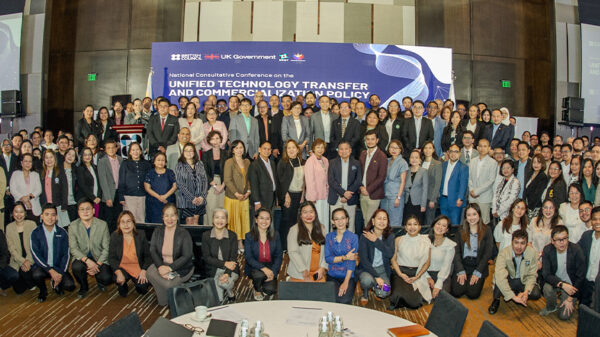Trend Micro Incorporated, a global cybersecurity player, published new research revealing that half of organizations are not effective at countering phishing and ransomware threats.
The findings come from an Osterman Research study commissioned by Trend Micro and compiled from interviews with 130 cybersecurity professionals in mid-sized and large organizations in the US.
“Phishing and ransomware were already critical enterprise security risks even before the pandemic hit and, as this report shows, the advent of mass remote working has increased the pressure of these threats,” said Joy Clay, vice president of threat intelligence for Trend Micro. “Organizations need multi-layered defenses in place to mitigate these risks. These range from phishing simulations to advanced threat detection and response platforms like Trend Micro Vision One, which alert security teams before attackers can make an impact.”
The study asked respondents to rate their effectiveness in 17 key best practice areas related to ransomware and phishing, ranging from protecting endpoints from malware infection to ensuring prompt patching of all systems.
Key takeaways from the report include:
- 50% rated themselves ineffective overall at tackling phishing and ransomware.
- 72% consider themselves ineffective at preventing home infrastructure from being a conduit for attacks on corporate networks.
- Only 37% believed they were highly effective at following 11 or more of the highlighted best practices.
The report further split the threat landscape into 17 types of security incident and found 84% of respondents had experienced at least one of these—highlighting the prevalence of phishing and ransomware. Most common were successful:
- Business email compromise (BEC) attack – 53%
- Phishing messages resulting in malware infection – 49%
- Account compromise – 47%
Phishing remains among the top vectors for threat actors. Although it can be the first stage in a ransomware attack, it’s also used in BEC raids, or to infect victims with malware including info-stealers, banking trojans, spyware, crypto-miners, and more.
Ransomware has become a modern epidemic, hitting government, hospitals, schools and private enterprises and any other targets deemed vulnerable to extortion and capable of paying. It results most often in both data loss and potential serious IT service outages.
The security issues flagged by respondents as most concerning were:
- 65% phishing attempts landing in user inboxes
- 65% users clicking on phishing links or opening attachments
- 61% data theft via ransomware actors
The report also contains a trove of useful information for organizations including typical attack TTPs, effective mitigations and capabilities to look out for in commercial cybersecurity solutions.
High success rates for both phishing and ransomware campaigns mean both are likely to intensify over the coming years. The report recommends that organizations embrace the following best practices to mitigate cyber-risk:
- Focus on root causes of compromise using a risk-based approach to address the most damaging threats
- Improve authentication via use of password managers, tweaking policies, monitoring for credential breaches and even using passwordless authentication
- Take a people, process and technology approach including user training, incident response processes and technology like Vision One to detect and respond to threats early on
- Don’t wait for a breach before developing an incident response plan. Reach out to law enforcement, managed services providers, your security vendors, and other key stakeholders now














































































































